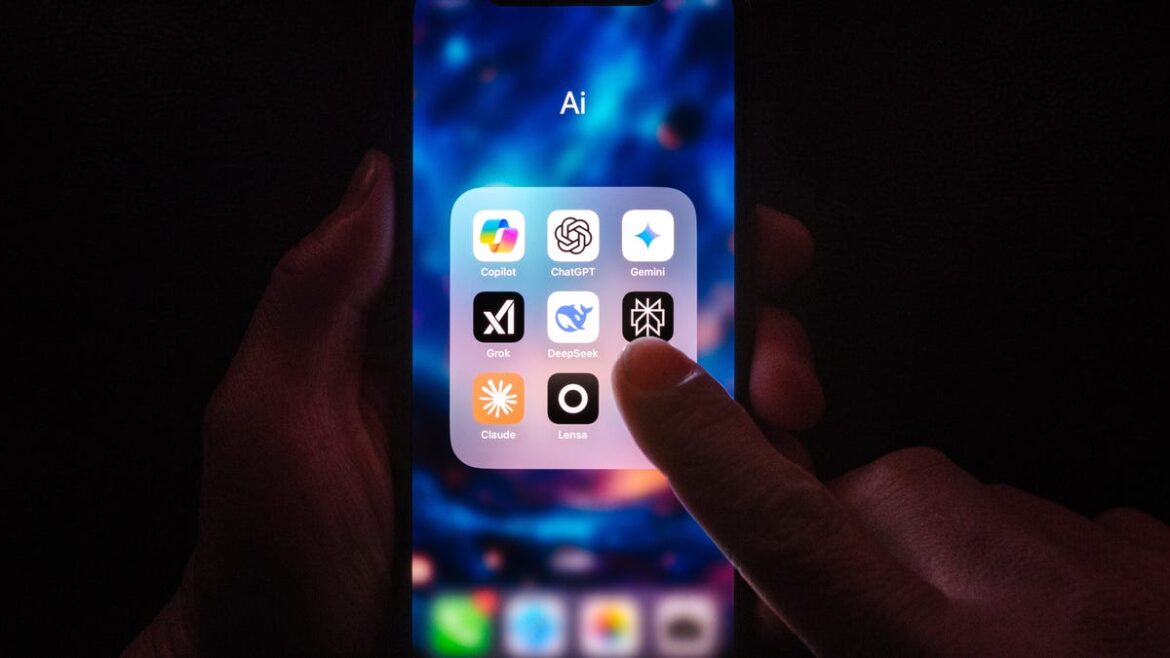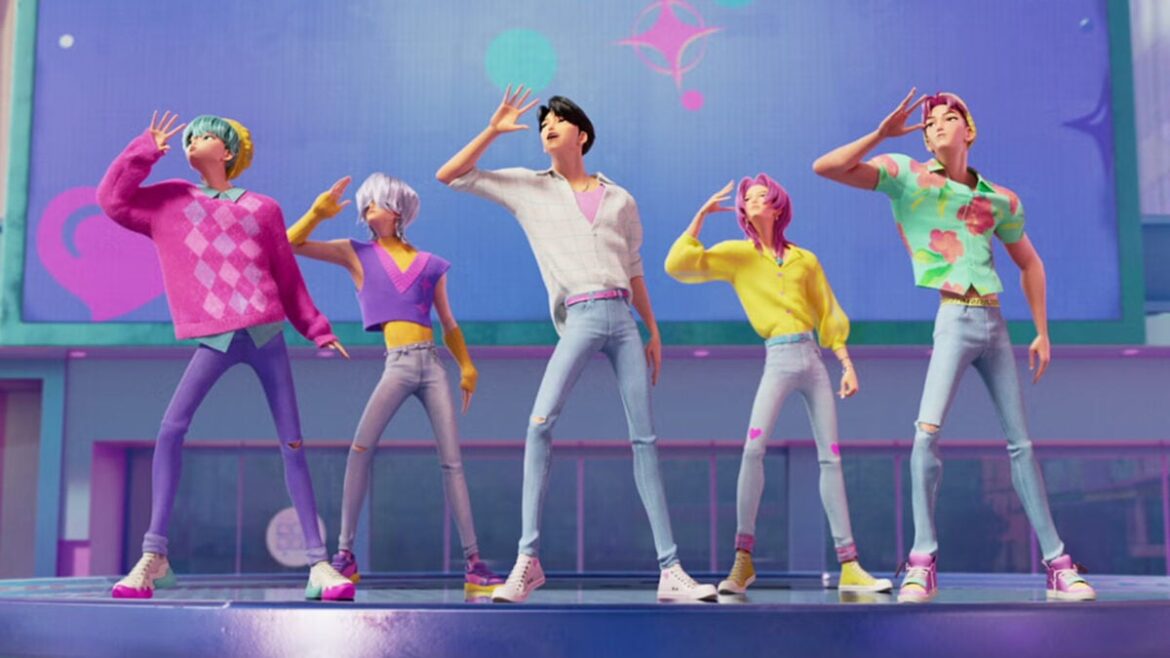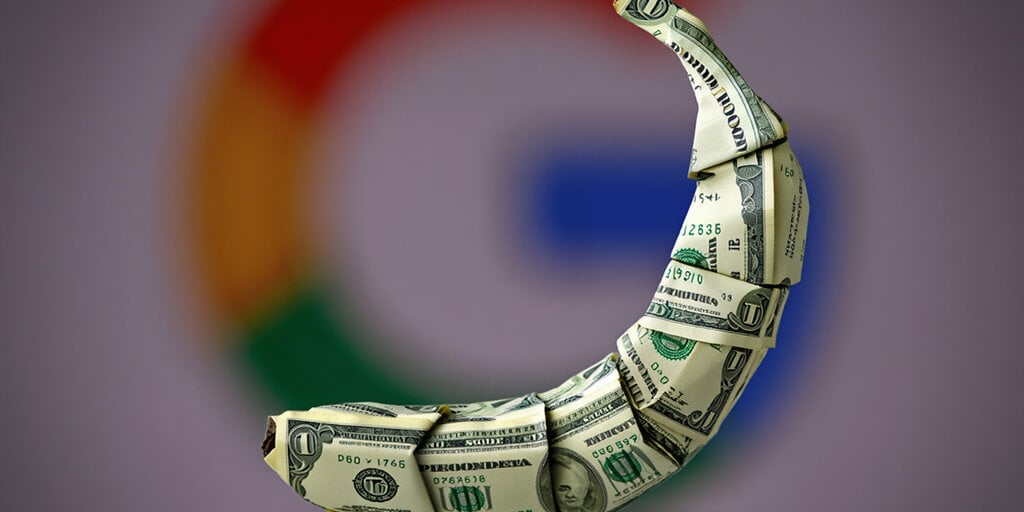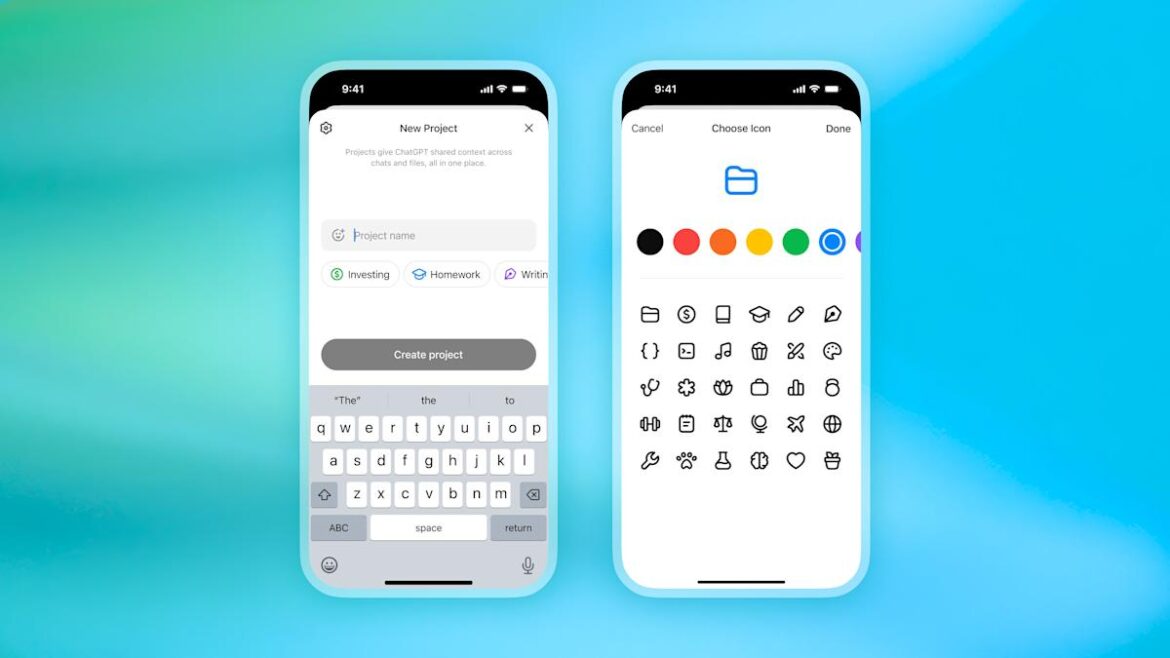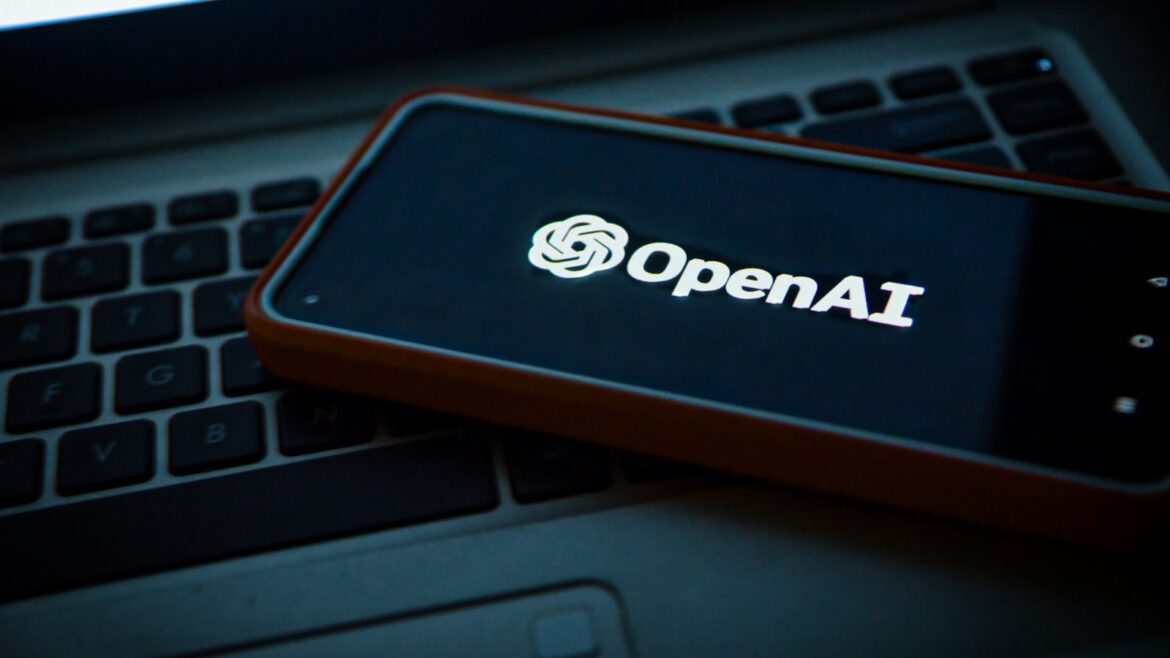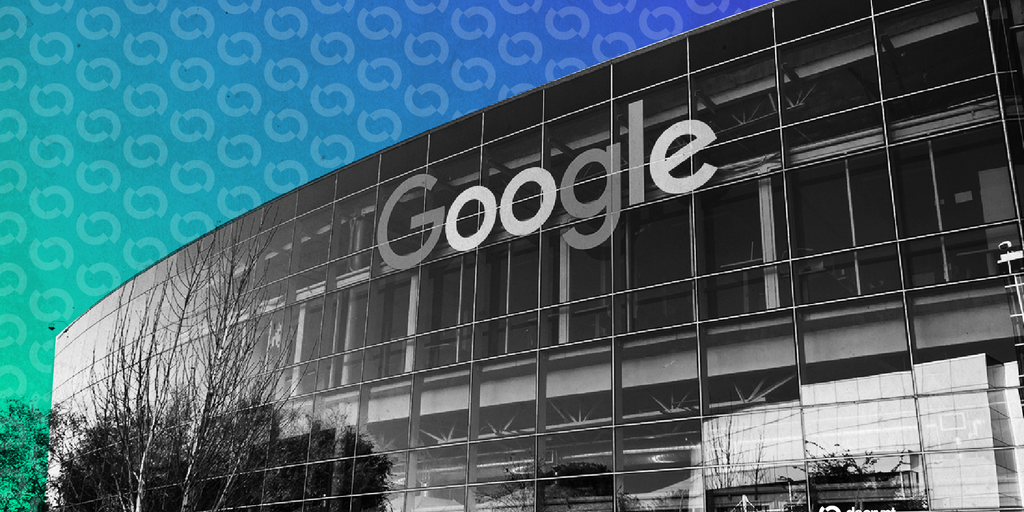The conversation in a recent TV segment was about Sora 2, a remarkable new social media platform OpenAI’s latest Sora model at its heart. It gives regular people the power to put themselves in AI videos along with their friends, often doing fantastic and unimaginable things.
Its existence prompted me to proclaim, tongue-in-cheek, “Nothing is real!” and that’s when the discussion turned to Tilly Norwood, the would-be “AI actress”.
The TV anchor I was speaking to could be forgiven for casually referring to Tilly as an ‘actress.’ After all, that’s Tilly’s description on her Instagram page: “Actress (aspiring).” But I’d been reading the criticism from real actors – people who fought with their unions to protect against just this type of AI incursion – and so I felt the need to interject, “Tilly Norwood is a thing, an it, not an actress.”
You may like
The conversation reminded me of how people often anthropomorphize robots, calling them “he” and “she” because they have a little bit of autonomy and react to their world, as if not a person, at least as a pet might do. That habit has, in recent years, carried over to chatbots, where, depending on the voice, people refer to Gemini or ChatGPT as “he” or “she”.
Even without faces, if something can converse with us, we imbue it with a little bit of humanity, even though we know it has none.
The advent of generative images and, especially, video, coupled with synced audio, has made this issue exponentially worse, and not just because people can confuse AI-generated video with the real thing, but because creators like Tilly Norwood and Particle6 CEO Eline Van de Velden tell us they are equivalent to the real thing.
When Van der Velden’s company unveiled Tilly back in September, it stated that it was creating AI “artists.” Van der Velden enthused to AIBusiness, “We believe that the next generation of cultural icons will be synthetic: stars who never tire, never age, and can interact with their fans.”
It’s no wonder people, especially artists, actors, and actresses, are freaking out. Particle6 noted that Tilly was getting attention from actual talent agents, based in part on the AI-generated clips posted on her Instagram, where she has 52,000 followers.
Van der Velden has somewhat backpeddled on her excitement, posting earlier this week on Tilly’s Instagram that Tilly Norwood “is not a replacement for a human being but a creative work – a piece of art.”
What was or is Tilly?
That sounds like revisionist history to me. This was not some thought experiment. I think that AI companies (and studios) are very interested in generative bespoke characters that do not resemble anyone living or dead, that they can freely control and use in everything from commercials and print work to film.
You may like
It will be, in the end, no different than CGI generating, say, Woody and Buzz for Toy Story, but perhaps without the benefit of a gifted voice actor behind them.
Ultimately, though, even if Tilly Norwood or some other AI does go on to star in a hit film or TV series, that will only make them popular but still not human.
Tilly Norwood will never be an actress, a person, or a human being. It will always be a thing, built out of bits, bytes, algorithms, and massively intelligent AI. Eventually, we may not be able to tell the difference between a Julia Roberts and a Tilly Norwood on screen, but only one of them will know they are real.
Follow TechRadar on Google News and add us as a preferred source to get our expert news, reviews, and opinion in your feeds. Make sure to click the Follow button!
And of course you can also follow TechRadar on TikTok for news, reviews, unboxings in video form, and get regular updates from us on WhatsApp too.



